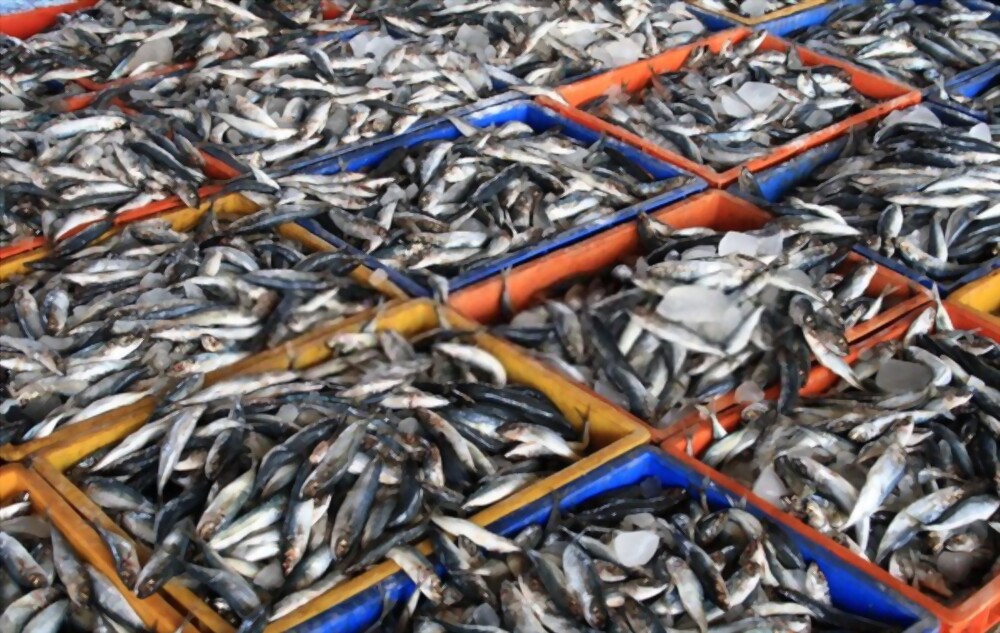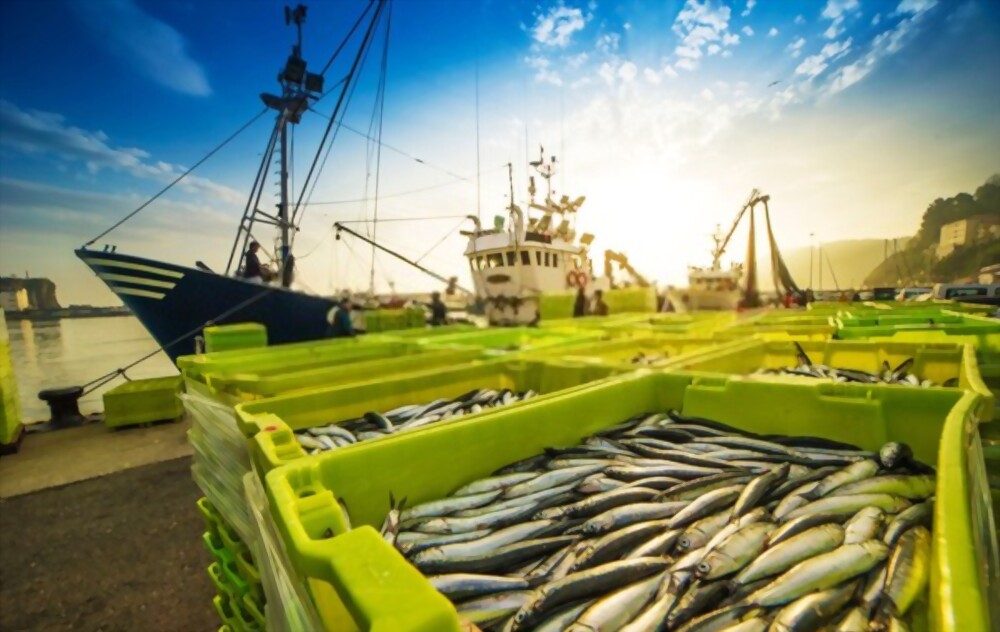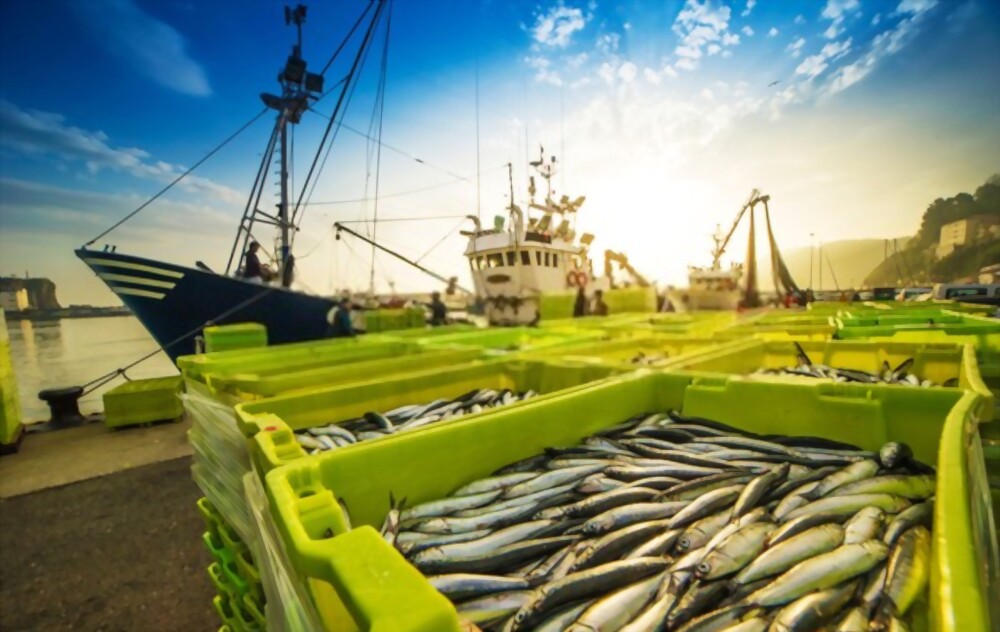Engineering has been made simple for you? Have you been looking for a means to reduce costs in manufacturing your products? What has it been for you manufacturing a product and fail to function in the end? It feels terrible and that is why you need prior testing for the functionality of your designs. PCB Prototypes are used for end-product manufacturing. You, therefore, require knowing the correct and most appropriate type for you to use in testing. In this article therefore we will interrogate these types of cheap PCB so that you may make an informed choice of which to use.
Thick Copper PCB
Are you involved in the manufacture of power supply equipment or power electronic equipment? You need to use the thick Copper PCB prototype from the NEXTPCB manufacturers. Why thick copper? Power supply equipment and electronics are very subject to heating up frequently. With thick copper there is efficient heat distribution, more so the extra copper enables the printed board to conduct more current. The ability to combine multiple weights on a single board enables the size of the product to be reduced. You need a product with a manageable size that you can move around and is comfortable to use. You need to produce high power electronic equipment with high thermal efficiency chooses the Copper PCB Prototypes from NEXTPCB manufacturers.
High TG PCB
Are you in the [production of high-temperature electronics, automobiles or industrial electronics? Temperature management is very key in the functionality of high-temperature products. You need a product with a high Transition glass (TG). Choose a TG rate exceeding the working temperatures by 10-20 degrees. In this case, it is recommended you choose a higher TG PCB of more than 170 degrees Celsius. Products having high TG PCB have better chemical and heat resistance and thus are efficient to use.
High-frequency PCB
If you are working in the production of products that require high-speed PCB designs, you need to get a high-frequency PCB of more than 1GHz. A high-frequency PCB increases efficiency, fast speed and low attenuation among many advantages. Get in touch with the NEXTPCB manufacturers for your high-quality frequency PCB.
Aluminium PCB
Aluminium PCB is made up of three layers, the circuit layer, the insulating layer and the metal substrate. In case you are dealing with high-end applications, there is a possibility for double layers making the PCB stronger. The advantage of working with aluminium PCBs is that it is nontoxic thus suitable for the environment, it dissipates a lot of heat hence ensures your products work efficiently. Aluminium is very light hence your products are easily portable.
HDI PCB
Are you looking for a High-density PBC? NEXTPCB manufactures high-density PCBs that will serve you efficiently. These high-quality density PCBs will enable many functions per unit area. This will lead to cost-saving and hence its very economical
Rigid-flex PCB
This is a bond that is composed of a flexible PCB and a Rigid PCB. It can be used for various applications.






